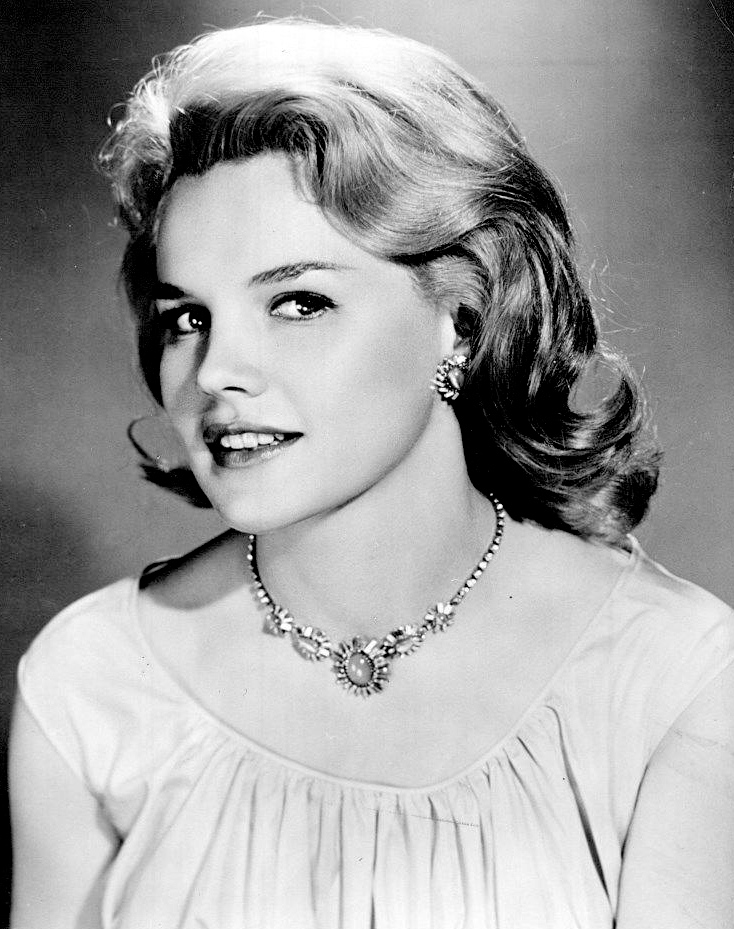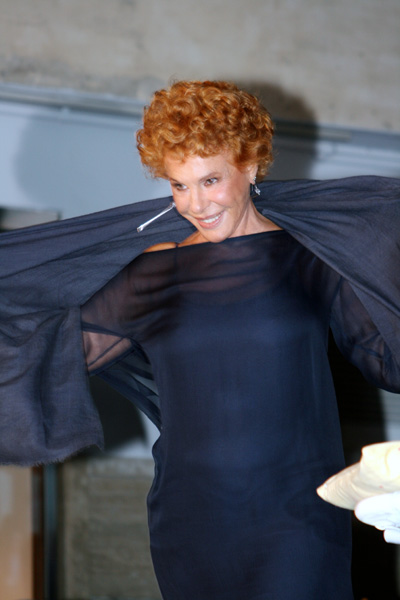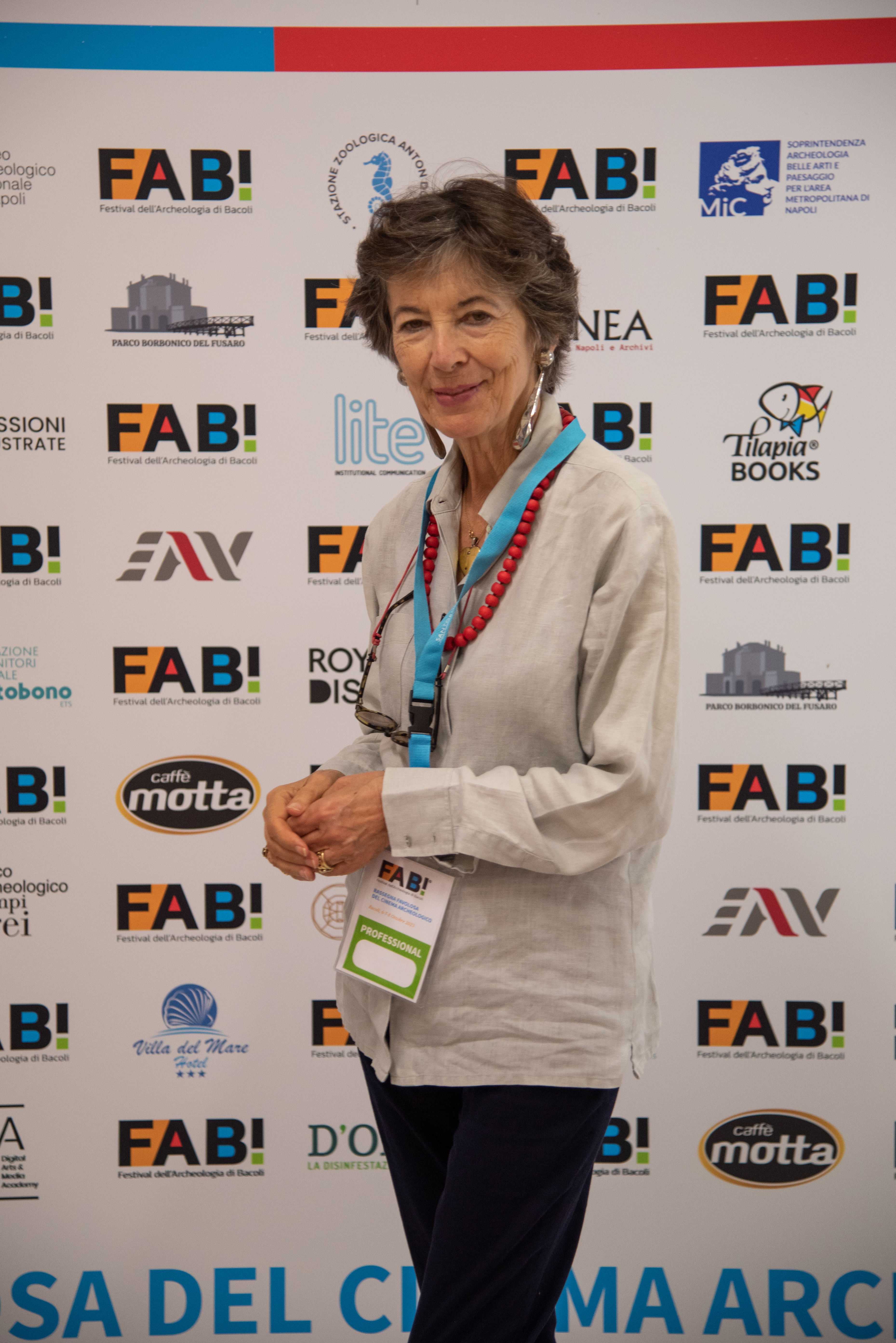|
Baba Yaga (1973 Film)
''Baba Yaga'' (also known as ''Kiss Me, Kill Me'') is a 1973 Psychological thriller, psychological erotic thriller directed by Corrado Farina based on the Guido Crepax ''Valentina (Italian comics), Valentina'' comic series. The film stars Carroll Baker, Isabelle De Funès and George Eastman (actor), George Eastman. The subject is Valentina Rosselli, a Milanese photographer, who meets a middle-aged seductress who inexplicably calls herself "Baba Yaga." Plot Valentina Rosselli is a Milanese photographer with a knack for controversial shoots. Her friend and lover, Arno, is a director. One night, on her way home, Valentina gets struck by a car driven by a middle-aged blonde. She introduces herself as "Baba Yaga" and tells Valentina their meeting was pre-ordained. After she drives Valentina home, she snatches the clip from her garter belt, saying she needs a personal object from her and that she will return it tomorrow. Intrigued and disturbed Valentina crashes for the night and has ... [...More Info...] [...Related Items...] OR: [Wikipedia] [Google] [Baidu] |
Film Poster
A film poster is a poster used to promote and advertise a film primarily to persuade paying customers into a theater to see it. Studios often print several posters that vary in size and content for various domestic and international markets. They normally contain an image with text. Today's posters often feature printed likenesses of the main actors. Prior to the 1980s, illustrations instead of photos were far more common. The text on film posters usually contains the film title in large lettering and often the names of the main actors. It may also include a tagline, the name of the director, names of characters, the release date, and other pertinent details to inform prospective viewers about the film. Film posters are often displayed inside and on the outside of movie theaters, and elsewhere on the street or in shops. The same images appear in the film exhibitor's pressbook and may also be used on websites, DVD (and historically VHS) packaging, flyers, advertisements in newspap ... [...More Info...] [...Related Items...] OR: [Wikipedia] [Google] [Baidu] |
Deadly Sweet
''Col cuore in gola'' () is a 1967 ''giallo'' film directed by Tinto Brass. It is loosely based on the novel ''Il sepolcro di carta'' ( The Paper Tomb) written by Sergio Donati. The film used storyboards from cartoonist Guido Crepax. It has been released under several titles including ''Deadly Sweet'' and ''I Am What I Am''. Plot A French actor named Bernard (Jean-Louis Trintignant) comes across a beautiful young woman (Ewa Aulin) bending over the corpse of a murdered nightclub owner in London. He believes her that she is innocent of the crime, and runs off with her to protect her from a group of criminal types who are stalking her. Cast *Jean-Louis Trintignant as Bernard *Ewa Aulin as Jane *Vira Silenti as Martha *Roberto Bisacco as David *Charles Kohler as Jerome *Luigi Bellini as Jelly-Roll *David Prowse as Jelly-Roll's Partner (uncredited) *Janet Street-Porter as Salon Receptionist (uncredited) Production ''Col cuore in gola'' was adapted from the paperback novel ''Il se ... [...More Info...] [...Related Items...] OR: [Wikipedia] [Google] [Baidu] |
Laurel & Hardy
Laurel and Hardy were a British-American comedy duo during the early Classical Hollywood era of American cinema, consisting of Englishman Stan Laurel (1890–1965) and American Oliver Hardy (1892–1957). Starting their career as a duo in the silent film era, they later successfully transitioned to "talkies". From the late 1920s to the mid-1950s, they were internationally famous for their slapstick comedy, with Laurel playing the clumsy, childlike friend to Hardy's pompous bully. Their signature theme song, known as "The Cuckoo Song", "Ku-Ku", or "The Dance of the Cuckoos" (by Hollywood composer T. Marvin Hatley) was heard over their films' opening credits, and became as emblematic of them as their bowler hats. Prior to emerging as a team, both had well-established film careers. Laurel had acted in over 50 films, and worked as a writer and director, while Hardy was in more than 250 productions. Both had appeared in ''The Lucky Dog'' (1921), but were not teamed at the time. The ... [...More Info...] [...Related Items...] OR: [Wikipedia] [Google] [Baidu] |
British Film Institute
The British Film Institute (BFI) is a film and television charitable organisation which promotes and preserves filmmaking and television in the United Kingdom. The BFI uses funds provided by the National Lottery to encourage film production, distribution, and education. It is sponsored by the Department for Culture, Media and Sport, and partially funded under the British Film Institute Act 1949. Activities Purpose The BFI was established in 1933 to encourage the development of the arts of film, television and the moving image throughout the United Kingdom, to promote their use as a record of contemporary life and manners, to promote education about film, television and the moving image generally, and their impact on society, to promote access to and appreciation of the widest possible range of British and world cinema and to establish, care for and develop collections reflecting the moving image history, heritage and culture of the United Kingdom. Archive The BFI maintain ... [...More Info...] [...Related Items...] OR: [Wikipedia] [Google] [Baidu] |
Monthly Film Bulletin
The ''Monthly Film Bulletin'' was a periodical of the British Film Institute published monthly from February 1934 until April 1991, when it merged with '' Sight & Sound''. It reviewed all films on release in the United Kingdom, including those with a narrow arthouse release. History The ''Monthly Film Bulletin'' was edited in the mid-1950s by David Robinson, in the late 1950s and early 1960s by Peter John Dyer, and then by Tom Milne. By the end of the 1960s, when the character and tone of its reviews changed considerably with the arrival of a new generation of critics influenced by the student culture and intellectual tumult of the time (not least the overthrow of old ideas of "taste" and quality), David Wilson was the editor. It was then edited by Jan Dawson (1938 – 1980), for two years from 1971, and from 1973 until its demise by the New Zealand-born critic Richard Combs. In 1991, the ''Monthly Film Bulletin'' was merged with '' Sight & Sound'', which had until then be ... [...More Info...] [...Related Items...] OR: [Wikipedia] [Google] [Baidu] |
Box Office
A box office or ticket office is a place where ticket (admission), tickets are sold to the public for admission to an event. Patrons may perform the transaction at a countertop, through a hole in a wall or window, or at a Wicket gate, wicket. By extension, the term is frequently used, especially in the context of the film industry, as a metonym for the amount of business a particular production, such as a film or theatre show, receives. The term is also used to refer to a ticket office at an arena or a stadium. ''Box office'' business can be measured in terms of the number of tickets sold or the amount of money raised by ticket sales (revenue). The projection and analysis of these earnings is greatly important for the creative industries and often a source of interest for fans. This is predominant in the Hollywood movie industry. To determine if a movie made a profit, it is not correct to directly compare the box office gross with the production budget, because the movie thea ... [...More Info...] [...Related Items...] OR: [Wikipedia] [Google] [Baidu] |
Blue Underground
Blue Underground is an American company specializing in releasing remastered editions of cult, horror, and exploitation movies on DVD. It was founded in 2002 by filmmaker William Lustig. It was originally formed as a shell company to oversee 'making of' documentaries during founder William Lustig's time at Anchor Bay Entertainment, but became an independent entity in late 2002. The company has released a broad range of cult movies to disc, but leans toward European (particularly Italian), Asian and Brazilian horror and exploitation. Blue Underground goes to great lengths to feature restored transfers from original vault elements (a process that occasionally leads to substantial delays with their releases, given the age and obscurity of some of the titles they select), and to include extensive extras (such as commentary tracks and new documentaries) whenever possible. Each title is released unedited and with a choice between the original audio track and usually a lossless 7. ... [...More Info...] [...Related Items...] OR: [Wikipedia] [Google] [Baidu] |
Anne Heywood
Anne Heywood (born Violet Joan Pretty; 11 December 1931 – 27 October 2023) was a British film actress, who is best known for her Golden Globe-nominated performance in the 1967 film version of D.H. Lawrence's ''The Fox''. She was known in part for her long personal and professional association with producer Raymond Stross as well as playing a series of roles that broke on-screen sexual taboos. Early life and career Born as Violet Joan Pretty in 1931 to Harold James and Edna Elizabeth (née Lowndes) Pretty in Handsworth, Birmingham, she won the Miss Great Britain title under her real name in 1950. In 1947, aged 15, she joined Highbury Little Theatre in Sutton Coldfield and then won a Birmingham University Carnival Queen competition. She then entered a National Bathing Beauty Contest and won. She had a small role in ''Lady Godiva Rides Again'' (1951). Heywood made three television appearances on the Carroll Levis TV Show and then spent four years touring UK theatres. Later ... [...More Info...] [...Related Items...] OR: [Wikipedia] [Google] [Baidu] |
Ornella Vanoni
Ornella Vanoni (; born 22 September 1934) is an Italian singer. She is one of the longest-standing Italian artists, having started performing in 1956. She has released about 112 works between LP, EPs and greatest hits albums, and is considered one of the most popular interpreters of Italian pop music. During her long career she has sold over 65 million records. Artistic career Vanoni started her artistic career in 1960 as a theatre actress. She mostly performed in Bertolt Brecht works, under the direction of Giorgio Strehler at his Piccolo Teatro in Milan. At the same time, she started a music career. The folklore and popular songs she explored in her early records, especially the ones about the criminal underworld in Milan (Canzoni della Mala), resulted in her receiving the nickname ("Underworld Singer") for singing Milanese dialect songs on that genre. Vanoni scored two major hits in 1963 with " Senza fine" and "Che cosa c'è", both written for her by Gino Paoli. In 1964 ... [...More Info...] [...Related Items...] OR: [Wikipedia] [Google] [Baidu] |
Stefania Casini
Stefania Casini (born 4 September 1948) is an Italian actress, screenwriter, director, and producer. She appeared alongside Robert De Niro and Gérard Depardieu in Bernardo Bertolucci's ''1900'' (1976) and received two David di Donatello Award nominations for her work in the 1983 film '' Lontano da dove''. In recent years she was also the visual inspiration for the comics version of Frank Wedekind Benjamin Franklin Wedekind (July 24, 1864 – March 9, 1918) was a German playwright. His work, which often criticizes bourgeois attitudes (particularly towards sex), is considered to anticipate expressionism and was influential in the developme ...'s LULU adapted by John Linton Roberson. Currently she is a famous directors of documentaries. Selected filmography References External links * Biography {{DEFAULTSORT:Casini, Stefania Italian film actresses 20th-century Italian actresses 1948 births Living people Italian film directors Italian television actresses Peop ... [...More Info...] [...Related Items...] OR: [Wikipedia] [Google] [Baidu] |
Elsa Martinelli
Elsa Martinelli (born Elisa Tia; 30 January 1935 – 8 July 2017) was an Italian actress and fashion model. Described by ''The Guardian'' as a "versatile star of Hollywood’s international years whose work spanned romantic comedies, period epics and spaghetti westerns", she went on to star opposite Kirk Douglas, John Wayne, Robert Mitchum, Charlton Heston, and Anthony Quinn, be directed by André De Toth, Vittorio De Sica, Howard Hawks and Orson Welles on both sides of the Atlantic. At her peak from the late 1950s into the late 1960s she was a rival of top "Hollywood Italian imports" Sophia Loren, Gina Lollobrigida and Claudia Cardinale. Her slim, sexy figure and elfin looks birthed the quip that she was a “kind of Audrey Hepburn with sex appeal”. Outside her busy film career, Martinelli was a member of the jet set, glitterati, married to an Italian count and befriending such international celebrities as Maria Callas, Aristotle Onassis and Jackie Kennedy. Martinelli mad ... [...More Info...] [...Related Items...] OR: [Wikipedia] [Google] [Baidu] |
Slap The Monster On Page One
''Slap the Monster on Page One'' (Italian: ''Sbatti il mostro in prima pagina'') is a 1972 Italian political thriller directed by Marco Bellocchio. Background The film began with Sergio Donati as director but after a week of shooting, Bellocchio took over in order to turn it, with the assistance of film critic Goffredo Fofi, from an Italian western to a political thriller, inducting in the cast actress Laura Betti. By 1969, Bellocchio was an active member of the maoist Italian (Marxist–Leninist) Communist Party and his film work was often commissioned by the party, including the "Monster," and documentaries such as ''Viva il 1o Maggio rosso e proletario'' ("Long Live the Red and Proletarian 1st of May", 1970) or ''Il popolo calabrese ha rialzato la testa'' ("The Calabrese people have raised their heads again"). Eventually, the film was assessed by a critic as a rather "generic product" of the so-called ''cinema civile'' ("civil cinema") sub-genre. Still, these films represent ... [...More Info...] [...Related Items...] OR: [Wikipedia] [Google] [Baidu] |








